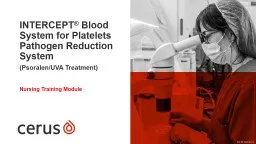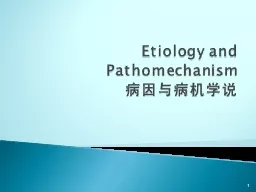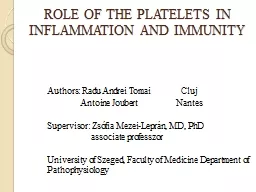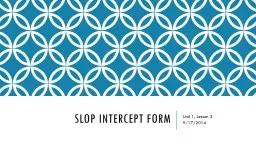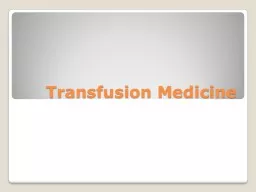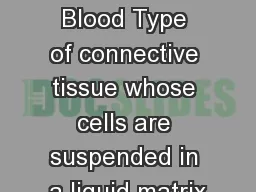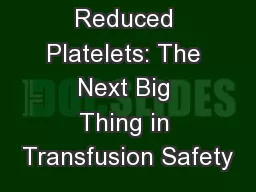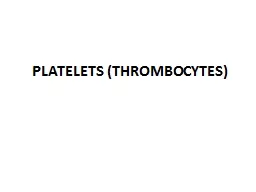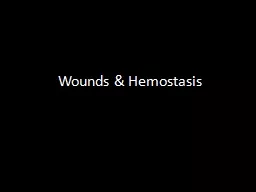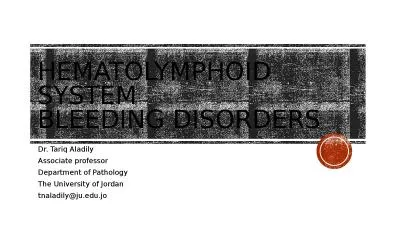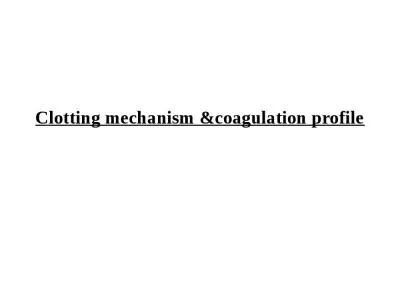PPT-INTERCEPT ® Blood System for Platelets Pathogen Reduction System
Author : celsa-spraggs | Published Date : 2019-12-19
INTERCEPT Blood System for Platelets Pathogen Reduction System PsoralenUVA Treatment Nursing Training Module MKTEN 0042208 v10 When you think of the risks associated
Presentation Embed Code
Download Presentation
Download Presentation The PPT/PDF document "INTERCEPT ® Blood System for Platelets..." is the property of its rightful owner. Permission is granted to download and print the materials on this website for personal, non-commercial use only, and to display it on your personal computer provided you do not modify the materials and that you retain all copyright notices contained in the materials. By downloading content from our website, you accept the terms of this agreement.
INTERCEPT ® Blood System for Platelets Pathogen Reduction System: Transcript
Download Rules Of Document
"INTERCEPT ® Blood System for Platelets Pathogen Reduction System"The content belongs to its owner. You may download and print it for personal use, without modification, and keep all copyright notices. By downloading, you agree to these terms.
Related Documents

